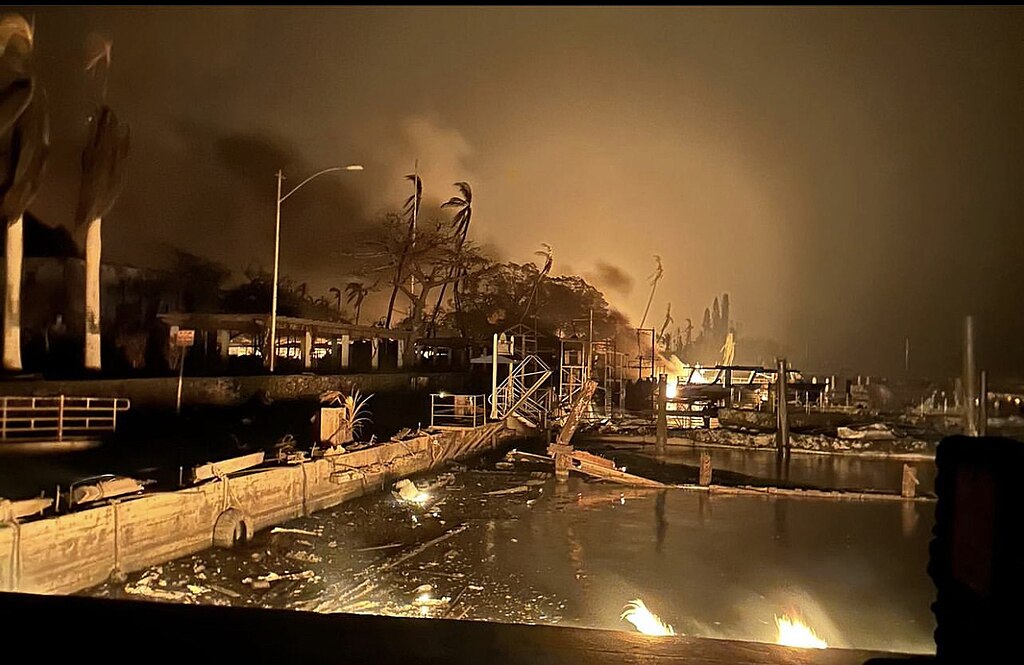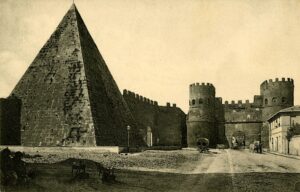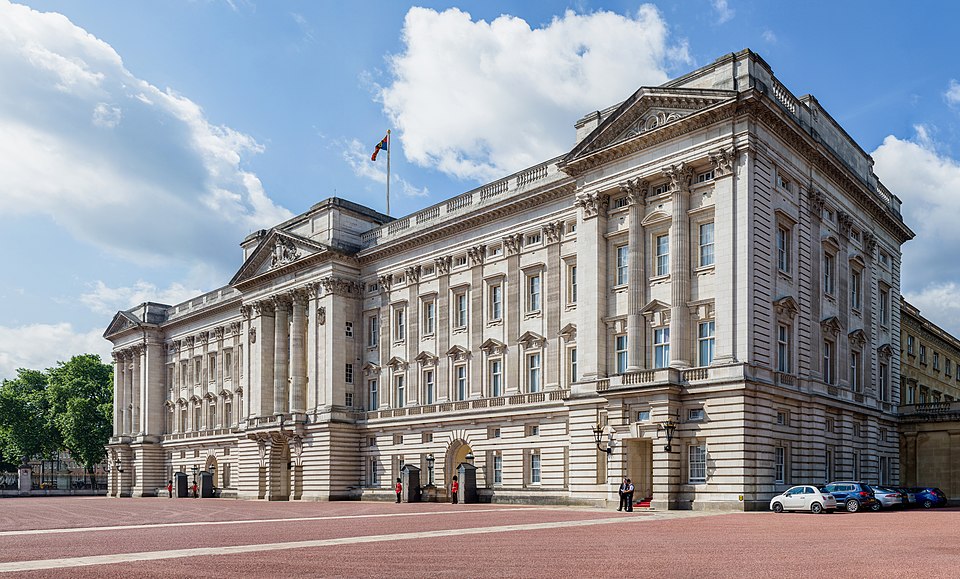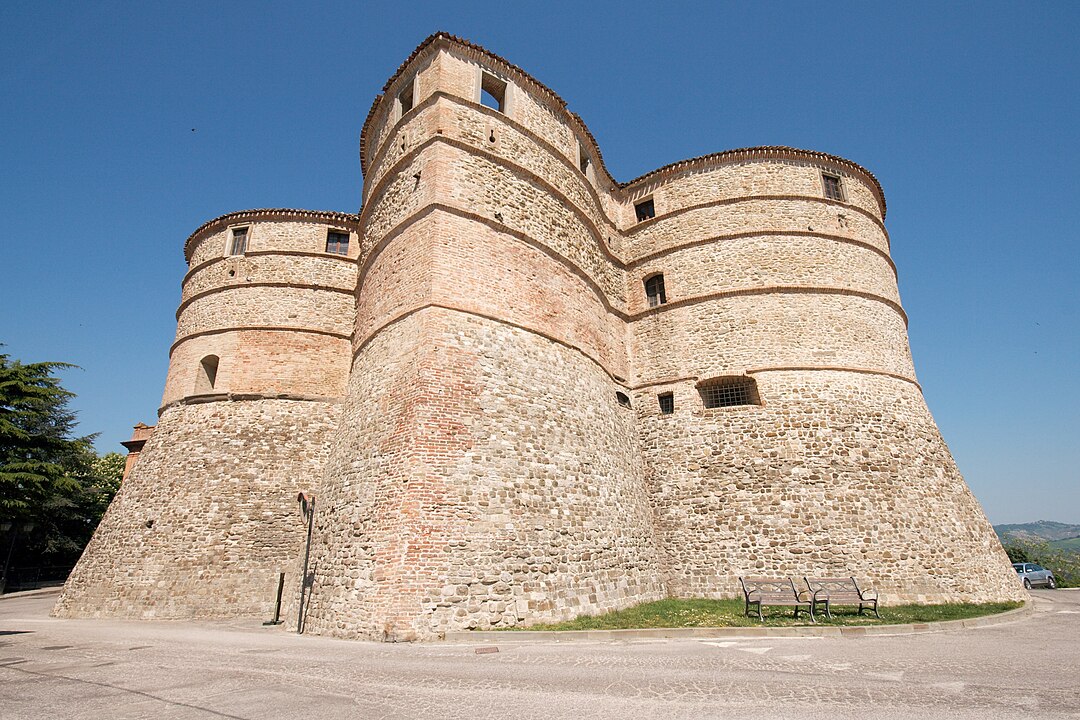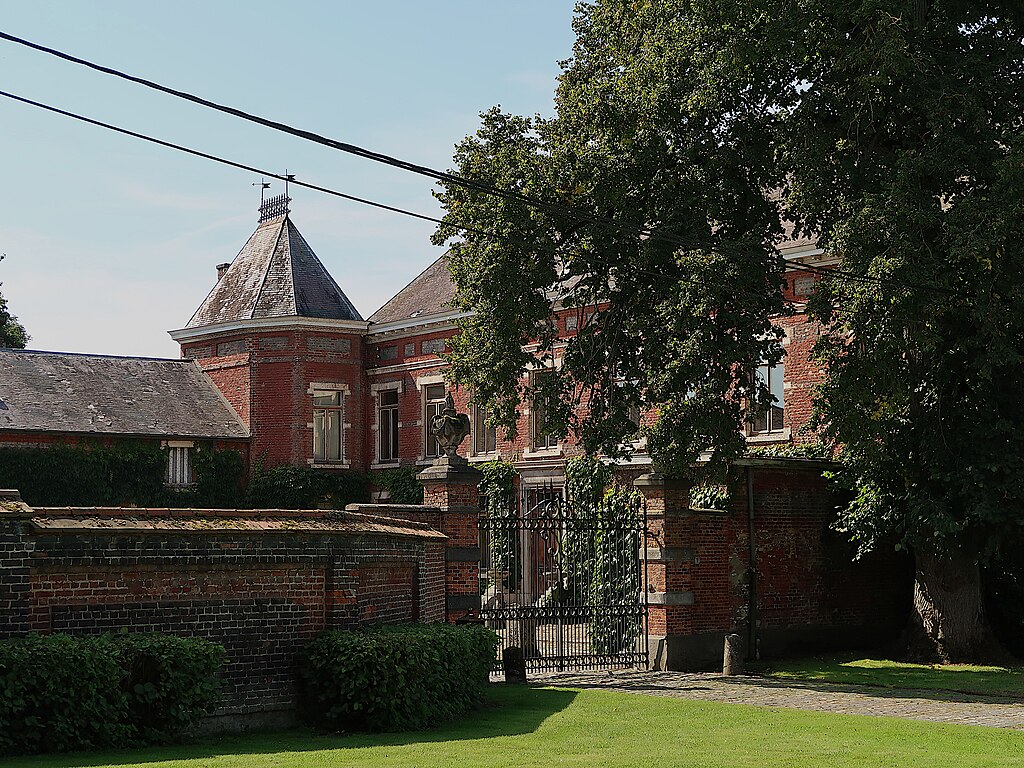Climate Change & Wildfires. A new Threat for Historical Towns
In August 2023, Maui, the Hawaiian island known for its landscapes, faced an unprecedented crisis, known as the Maui wildfires. The historic town of Lahaina, nestled on Maui’s western peninsula, was reduced to ash and ruins by the flames. The toll was staggering, with 98 lives lost, marking the wildfires as among the world’s deadliest.
While emergency services were still busy containing and extinguishing the fires, evidence suggested that sparks from a downed power line were a possible source of ignition. Meteorological and climatic factors, including El Niño and prolonged drought, have created an environment more susceptible to the effects of ignition and the spread of fires. Intense winds, fueled by the pressure difference between Hurricane Dora and a high-pressure system, then pushed the fires to catastrophic proportions
The impact of climate change has further worsened the severity, as rising temperatures have accelerated the desiccation of vegetation. The loss of native vegetation due to changes in land use over the century has increased the risk of fires. The ongoing tragedy has revealed a web of interconnected factors, underlining the urgent need for measures to be taken against the growing threat of fires.
The Lahaina fire, that at its beginning seemed to be a contained fire, quickly went out of control. The evacuation process was slowed by the collapse of communications infrastructure, leaving residents in danger. The intensity of the fire, the melted water pipes and other obstacles to firefighting forced residents into difficult escapes. Gas tank explosions and boats full of fuel trapped some and forced others into the Pacific Ocean.
In addition to the loss of life and destruction of entire historic downtowns, damage was done to the Baldwin Home, originally founded around 1834 as a missionary complex, the Pioneer Inn, a 122-year-old hotel located on the edge of Lahaina Harbor.
The 2023 Maui wildfires posed severe challenges to mass evacuation efforts too. Intense winds and damage to communications infrastructure slowed authorities in alerting residents effectively. The rapid growth of the fire, combined with power outages, worsened the emergency services in Lahaina, causing chaotic evacuations. Road closures, including major access routes into the city, trapped residents, while toppled electricity poles disrupted wireless services crucial for evacuation communications. The disaster underlined the critical need for improved evacuation strategies, resilient communications infrastructure and proactive measures to safeguard vulnerable communities against this kind of natural events.
Numerous research activities have been financed over the years. In some cases, the studies carried out can be directly applied to the realities of historic centers located within wooded or densely vegetated areas, from which fires can spread, putting the people in the area at risk. For example, the GEOSAFE (Geospatial based Environment for Optimisation Systems Addressing Fire Emergencies) project, funded by the EU Horizon 2020 program has dealt with the need of producing innovative tools for wildfire management with a specific interest in the detection-alarm-evacuation process. In this framework the project aimed to study new models for risk cartography, evacuation and decision-making, submitting more than 100 publications.
The “Assessing different measures of fire risk for Cultural World Heritage Sites” paper, published in 2023 by Martin Thomas Falk and Eva Hagsten, seeks to “assess whether two publicly available sources of fire threats to 346 Cultural World Heritage Sites across Europe substitute or complement each other“. In particular, the EFFIS (European forest fire information system) index is used as a reference point for data from UNESCO’s periodic report. The paper states that “Evidence based on the UNESCO second period report for Europe shows that 40% of cultural heritage managers believe that wildfires are an actual or potential threat to their site. The EFFIS fire risk database linked to the Cultural World Heritage Sites in Europe, on the other hand, shows that 48% of sites in Europe fall into the “high fire risk” category“. The results of the study demonstrate that the measures evaluated give different results. Cultural heritage managers may underestimate the fire risk for southern European sites, while the EFFIS index ignores the fact that world cultural heritage sites in northern and eastern Europe may also be at risk of fire. Cultural heritage sites with wood (internal or external) or trees and forests (such as cultural landscapes) are not considered to be at higher fire risk.
According to the authors’ conclusions, the analysis is limited to world cultural heritage sites in Europe, and is a cross-sectional dataset. UNESCO reports “are regular but appear with long time intervals, implying that this dataset is not particularly suitable for dynamic analyses” and therefore, “future work could also extend the analysis to other continents“. Other projects concerning wildfire risk to Cultural Heritage are:
- Evaluating rural Pacific Northwest towns for wildfire evacuation vulnerability
- Simulating Wildfire Evacuations for Vulnerable
- Simulating Wildfire Evacuations for Vulnerable Communities
- WUI Fire Evacuation and Sheltering Considerations: Assessment, Planning, and Execution (ESCAPE)
Sources:
